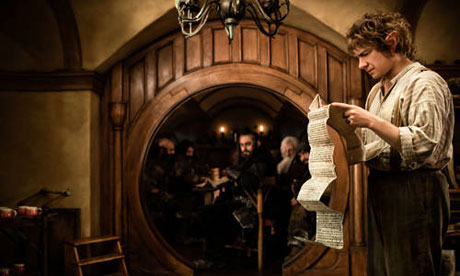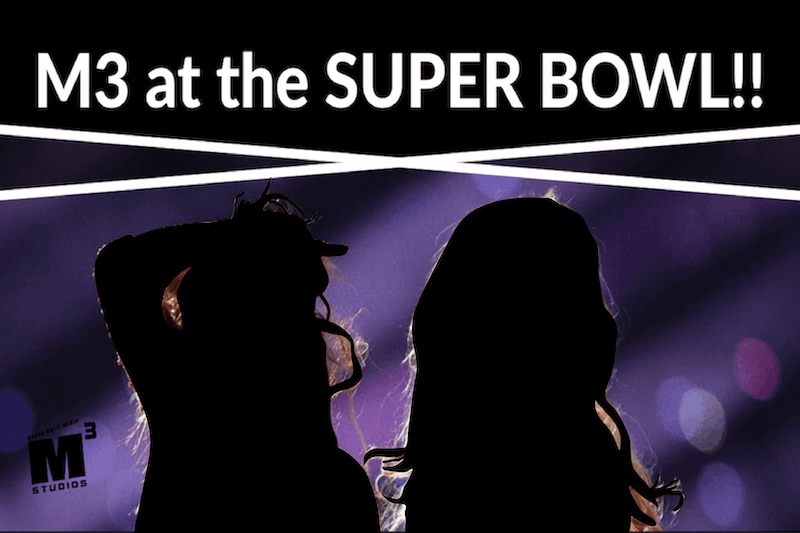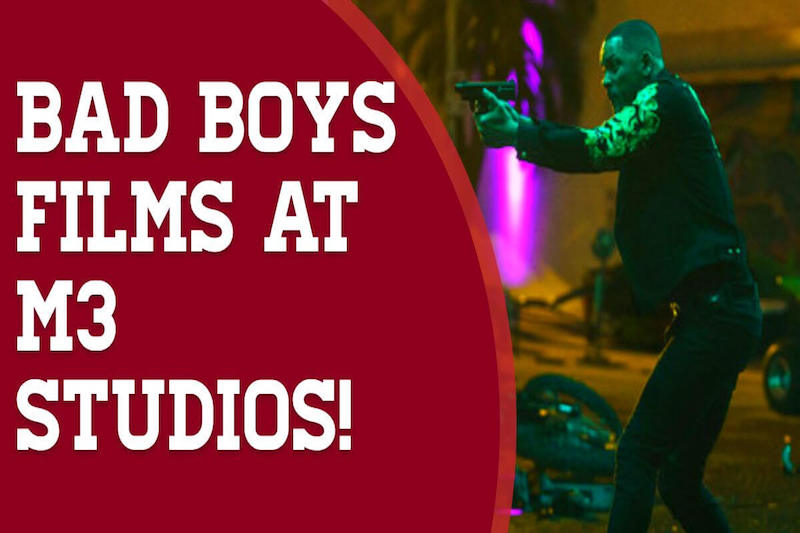The 54th annual super bowl was a nail-biting game and included performances that got you…
The Technology Behind the Hobbit and Middle Earth

It’s been eleven years since our first journey through Middle Earth, where Peter Jackson invested our hearts into the destiny of one tiny hobbit facing insurmountable odds against the forces of evil.
Our faith was rewarded with a triple crown of cinematic achievement as the Lord of the Rings trilogy killed it in every way a movie can be judged: Financially (2.97 billion world wide earnings), critically (17 Academy Awards including ‘best picture’), and sensually. It created a world of wonder and awe the likes of which had never been experienced on film.
Essentially, these films embodied all the reasons we attend midnight premiers, and we’re all better off for them.
Simply creating these films was a monumental technical achievement. Andrew Lesnie’s cinematography turned New Zealand into Middle Earth by painting each location with a spectral pallet that ranged from aesthetically elegant to viscerally haunting. The visual effects were groundbreaking, peaking during the claustrophobic battle at Helm’s Deep where thousands of Uruk-Hai charged at a pitifully outnumbered army of men clawing to survive. They also took one long leap in creating computer-generated characters with vitality, specifically the spiritually mangled creature, Gollum, whose lust for the ring gave Andy Serkis the type of sandbox every actor dreams of to bring that pain to life.
The best part of it all, in case you’ve really been living in Middle Earth the last few years, is that we get to go again. We’re all fidgeting with anticipation for the trilogy’s prequel, The Hobbit, to hit theaters in 2013.
Thankfully, Peter Jackson has maintained a video blog documenting plenty of behind the scenes content to keep fans engaged. Besides providing some great nerd porn, the videos give some fascinating insight into the technical aspects of the film, which are once again, setting the bar. We’ll go over a few of them.
http://youtu.be/2CtQGtwxTAc
Video 7 takes us on a tour through Stone Street Studios in Miramar, New Zealand, the headquarters of the whole production. Here we see an enormous back lot they use, which doubles as a green screen. Notice the drapes they use above the lot to block out the sun.
At the 9:00 mark, they showoff their wireless, waterproof, shockproof, “surface rig” that sends a direct feed to the director’s chair while capturing underwater images. It looks like they’re using it to film a scene on a river.
The Hobbit will be broken up into two simultaneously filmed movies, both of which will be shot in 3-D. That’s right: They’re not just going to process 2-D images. The 3-D won’t be a cheap gimmick used to squeeze a few extra bucks from the audience. It’ll actually be integral to the story telling. Mirkwood Forest is already supposed to have some hallucinogenic elements to it, so just imagine how trippy it’ll feel to have its trees reach out for you.
The films will be shot using the Red Epic 3D cameras. The production has 48 of them (spare no expense). Because the lenses are so big, they have to use two for each shot to create the ocular effect that our eyes naturally produce.
They are going to double the frame rate of traditional film by shooting at 48fps, to put that in perspective, our eyes see at 60fps, so that screen in the cinema is going to feel like someone carved a rectangular hole in the wall and created a window into Middle Earth.
Peter Jackson did not want the 3D process to compromise his shooting style, which includes a variety of mobile shots. They developed a series of less cumbersome rigs to stay nimble and make the audience feel as if “the same filmmakers went back to Middle Earth to tell a new story.”
Another interesting note is that the Red Epic cameras tend to desaturated colors, so whole sets had to be painted like acid trips. The makeup and costume departments had to make their adjustments as well as a result. Some of the flesh tones on the actors are purposely exaggerated for that reason.
The Red Epic cameras operate at a 5K resolution. That’s downright magical when you consider that 4K technology is considered the next step in HD technology, and that’s already four times the resolution as the 1080p blue ray player currently in your living room.
That’s right folks: Quality will not be an issue: Here’s hoping they serve some midnight pints as we wait in line wearing our beards and chainmail.




This Post Has 0 Comments